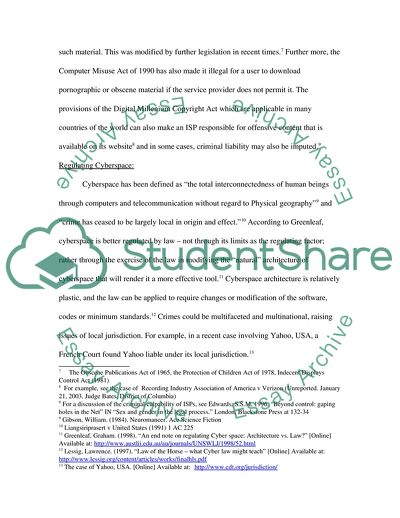Cite this document
(Cyber Law on Obscenity Essay Example | Topics and Well Written Essays - 1500 words, n.d.)
Cyber Law on Obscenity Essay Example | Topics and Well Written Essays - 1500 words. https://studentshare.org/law/1705609-uk-cyber-law
Cyber Law on Obscenity Essay Example | Topics and Well Written Essays - 1500 words. https://studentshare.org/law/1705609-uk-cyber-law
(Cyber Law on Obscenity Essay Example | Topics and Well Written Essays - 1500 Words)
Cyber Law on Obscenity Essay Example | Topics and Well Written Essays - 1500 Words. https://studentshare.org/law/1705609-uk-cyber-law.
Cyber Law on Obscenity Essay Example | Topics and Well Written Essays - 1500 Words. https://studentshare.org/law/1705609-uk-cyber-law.
“Cyber Law on Obscenity Essay Example | Topics and Well Written Essays - 1500 Words”. https://studentshare.org/law/1705609-uk-cyber-law.


